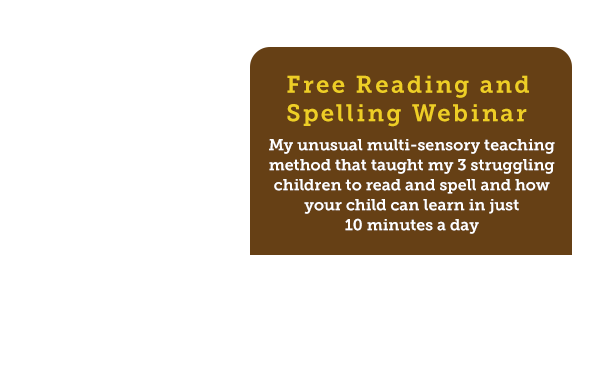 The Irlen Method has been used for over 25 years to identify and help people with a type of processing problem called Irlen Syndrome, formerly known as Scotopic Sensitivity Syndrome (SSS). Irlen Syndrome is not an optical problem. It is a problem with the brain’s ability to process visual information. This problem tends to run in families and is not currently identified by other standardized educational or medical tests
The Irlen Method has been used for over 25 years to identify and help people with a type of processing problem called Irlen Syndrome, formerly known as Scotopic Sensitivity Syndrome (SSS). Irlen Syndrome is not an optical problem. It is a problem with the brain’s ability to process visual information. This problem tends to run in families and is not currently identified by other standardized educational or medical tests
Irlen Syndrome can affect many different areas, including:
- Academic and work performance
- Behavior
- Attention
- Ability to sit still
- Concentration
This problem can manifest itself differently for each individual. This problem is not remediable and is often a lifetime barrier to learning and performance. If you suffer from any of the following, Irlen Syndrome might be your problem:
- Print looks different
- Environment looks different
- Slow or inefficient reading
- Poor comprehension
- Eye strain
- Fatigue
- Headaches
- Difficulty with math computation
- Difficulty copying
- Difficulty reading music
- Poor sports performance
- Poor depth-perception
- Low motivation
- Low self-esteem
Symptoms of Irlen Syndrome
Light Sensitivity
- Bothered by glare, fluorescent lights, bright lights, sunlight and sometimes lights at night
- Some individuals experience physical symptoms and feel tired, sleepy, dizzy, anxious, or irritable. Others experience headaches, mood changes, restlessness or have difficulty staying focused, especially with bright or fluorescent lights.
Reading Problems
- Poor comprehension
- Misreads words
- Problems tracking from line to line
- Reads in dim light
- Skips words or lines
- Reads slowly or hesitantly
- Takes breaks
- Loses place
- Avoids reading
Discomfort
- Strain and fatigue
- Tired or sleepy
- Headaches or nausea
- Fidgety or restless
- Eyes that hurt or become watery
Attention and Concentration Problems
- Problems with concentration when reading and doing academic tasks
- Often people can appear to have other conditions, such as attention deficit disorder, and are given medication unnecessarily.
Writing Problems:
- Trouble copying
- Unequal spacing
- Unequal letter size
- Writing up or downhill
- Inconsistent spelling
Other Characteristics:
- Strain or fatigue from computer use
- Difficulty reading music
- Sloppy, careless math errors
- Misaligned numbers in columns
- Ineffective use of study time
- Lack of motivation
- Grades do not reflect the amount of effort
Depth Perception:
- Clumsiness
- Difficulty catching balls
- Difficulty judging distances
- Additional caution necessary while driving
Distortions:
- Words on the page lack clarity or stability; i.e., may appear to be blurry, moving, or disappear.


















